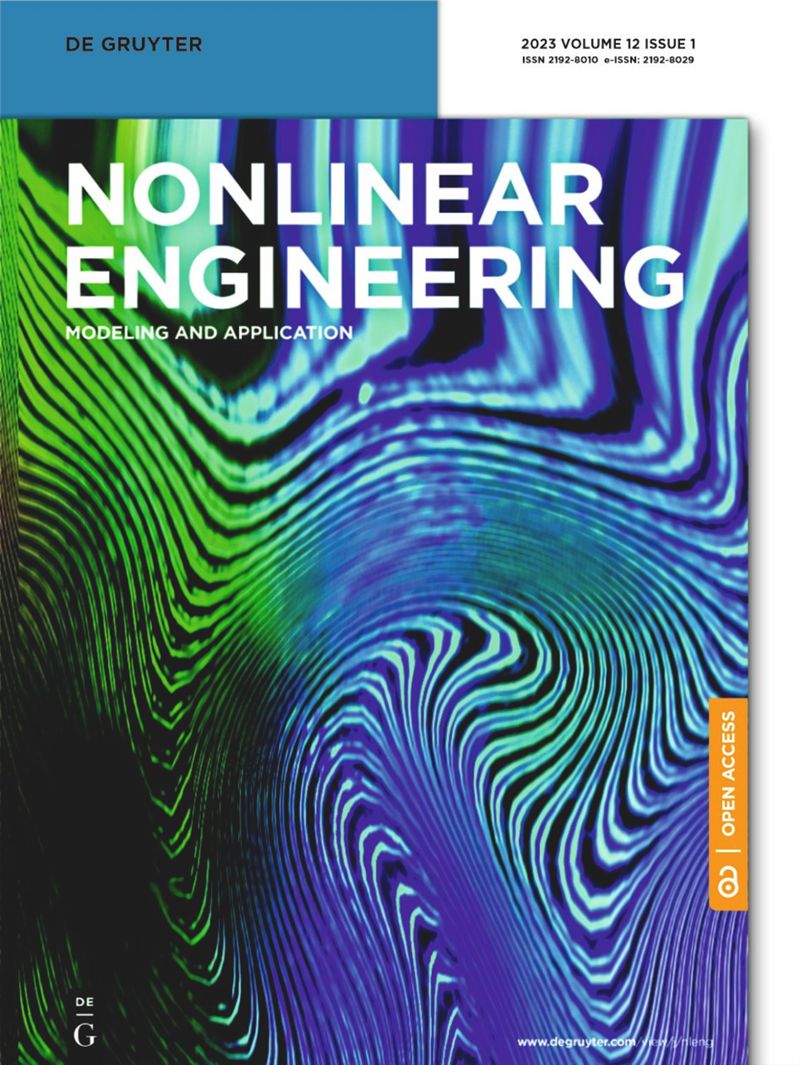基于非线性技术的物联网软件监测预警系统的设计与实现
IF 2.4
Q2 ENGINEERING, MECHANICAL
引用次数: 0
摘要
摘要:为了实现和设计物联网(IoT)软件监控预警系统,本文建立了基于非线性技术的PLC、WINCC和MATLAB集成的“三位一体”控制平台,并在该平台上实现了基于RBF神经网络整定的比例积分微分(PID)控制。基于三位一体控制平台的框架,设计并实现了基于径向基函数(RBF)神经网络的PID控制系统和控制平台的STEP7虚拟对象编程。实验数据更新周期为0.5 s,记录1000个数据项对象,U为控制量,与WINCC中的U通信驱动变量相关联,在PLC中对应的存储地址为MD200;Yout为被控量,与WINCC中的Yout通信驱动变量有关,在PLC中对应的存储地址为MD100;start为控制开关,与WINCC中的启动通信驱动变量相关联,对应M0.1 PLC中的存储地址;reset为复位控制开关,与WINCC中的复位通信驱动变量相关联,对应PLC中的存储地址为M0.0。KP、KI、KD、TIME分别对应三个实时PID参数,是MATLAB中的周期时间(用于趋势图的x轴),是通信驱动程序的变量。PLC中的地址为MD20、MD24、MD28、MD32。研究表明,对于这三种软件程序,各自存储区域的数据更新周期必须一致,MATLAB和PLC中的程序控制周期必须一致,参数的传输必须按照编程逻辑顺序在一个控制周期内正确实现,才能实现物联网软件监控预警系统的设计。本文章由计算机程序翻译,如有差异,请以英文原文为准。
Design and implementation of Internet-of-Things software monitoring and early warning system based on nonlinear technology
Abstract In order to realize and design a software monitoring and early warning system for the Internet of Things (IoT), this paper establishes a “trinity” control platform integrating PLC, WINCC, and MATLAB based on nonlinear technology and realizes the proportion integration differentiation (PID) control based on the RBF neural network tuning on this platform. Based on the framework of the trinity control platform, the PID control system set by the radial basis function (RBF) neural network and the STEP7 virtual object programming of the control platform are designed and realized. The experimental data update cycle is 0.5 s to record 1,000 data item objects, U is the control quantity, which is associated with the U communication driver variable in WINCC, and the corresponding storage address in the PLC is MD200; Yout is the controlled quantity, which is related to the Yout communication driver variable in WINCC, and the corresponding storage address in the PLC is MD100; start is the control switch, associated with the start communication driver variable in WINCC, corresponding to the storage address in the PLC of M0.1; reset is the reset control switch, It is associated with the reset communication driver variable in WINCC, and corresponds to the storage address in the PLC as M0.0. KP, KI, KD, and TIME correspond to three real-time PID parameters and are the cycle time in MATLAB (used for the X-axis of trend graphing), and are the variables of the communication driver. The addresses in the PLC are MD20, MD24, MD28, and MD32. It shows that for these three software programs, the update cycle of the data in the respective storage areas must be consistent, the program control cycles in MATLAB and PLC need to be consistent, and the transmission of parameters must be correctly implemented in a control cycle according to the programming logic sequence, in order to realize the design of an IoT software monitoring and early warning system.
求助全文
通过发布文献求助,成功后即可免费获取论文全文。
去求助
来源期刊
CiteScore
6.20
自引率
3.60%
发文量
49
审稿时长
44 weeks
期刊介绍:
The Journal of Nonlinear Engineering aims to be a platform for sharing original research results in theoretical, experimental, practical, and applied nonlinear phenomena within engineering. It serves as a forum to exchange ideas and applications of nonlinear problems across various engineering disciplines. Articles are considered for publication if they explore nonlinearities in engineering systems, offering realistic mathematical modeling, utilizing nonlinearity for new designs, stabilizing systems, understanding system behavior through nonlinearity, optimizing systems based on nonlinear interactions, and developing algorithms to harness and leverage nonlinear elements.

 求助内容:
求助内容: 应助结果提醒方式:
应助结果提醒方式:


